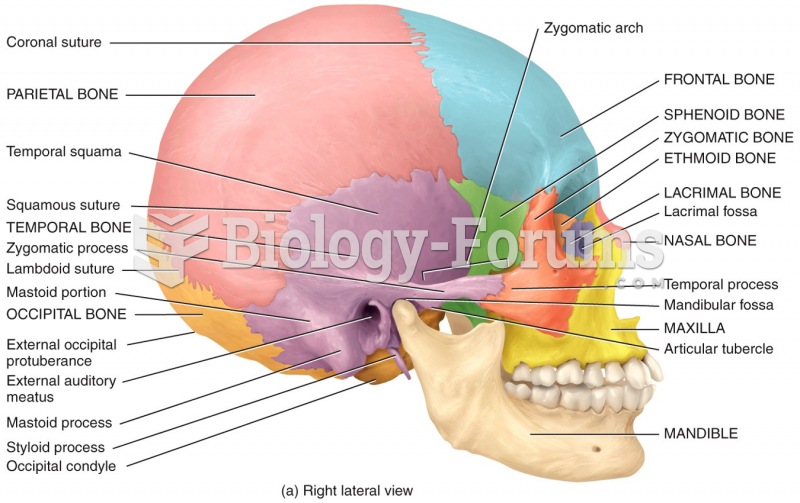|
|
|
Did you know?
The human body produces and destroys 15 million blood cells every second.
Did you know?
Thyroid conditions may make getting pregnant impossible.
Did you know?
On average, the stomach produces 2 L of hydrochloric acid per day.
Did you know?
Approximately 500,000 babies are born each year in the United States to teenage mothers.
Did you know?
If all the neurons in the human body were lined up, they would stretch more than 600 miles.







